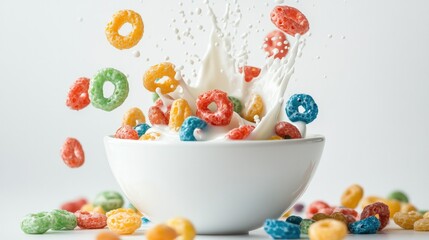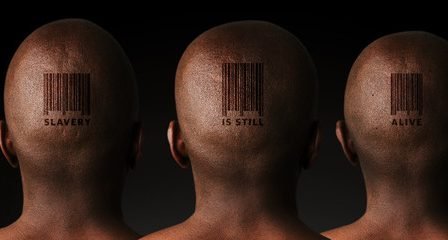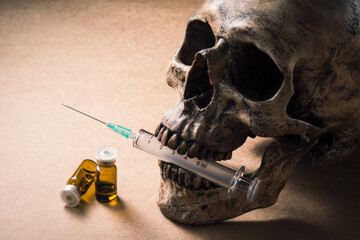Red 3 Food Dye Banned, Others Rebranded

The United States Food and Drug Administration took a small step toward protecting Americans’ health when it banned the artificial food dye known as Red 3 from the nation’s food supply in January. It set deadlines for stripping the brightly hued additive from candies, cough syrup, baked goods, frozen treats, and other ultra-processed food-like products.
Synthetic dyes are petroleum-based chemicals that don’t occur in nature. They are artificially created to make a food product more colorful and more enticing to children. They are used in most UPFs to “enhance the visual appeal” of products, according to Sensient Food Colors, a St. Louis-based supplier of food colors and flavorings.
Nine dyes, including Red 3, have been allowed in U.S. food. The other common color additives in food are Blue 1, Blue 2, Green 3, Red 40, Yellow 5, and Yellow 6. Two permitted colors are used more rarely: Citrus Red 2 and Orange B.
While UPFs remain, some dyes have been targeted. However, others have been merely rebranded in an effort to trick the consumer into purchasing them.
According to a report published in the Las Vegas Review-Journal, the agency said it was taking action because studies found that the dye, also known as erythrosine, caused cancer in lab rats. A federal statute requires the FDA to ban any additive found to cause cancer in animals, though officials stressed that the way Red 3 leads to cancer in rats doesn’t happen in people.
These commonly used food dyes have been linked to ADHD, childhood disorders, and behavioral problems.
Since these dyes are under fire, many have been rebranded and given names that sound more natural.
These food dyes are being given names that make you falsely believe that there’s something natural, such as Curcumin, Caramel, beta-carotene, and Annatto. These words give the impression that they are natural, or at least some kind of food, rather than synthetic dyes and toxic.
Green Smoothie Girl put together a comprehensive list of the dyes that have been renamed.
Common Artificial Food Dyes:
Tartrazine
- Other Names: Yellow 5, E102
Sunset Yellow FCF
- Other Names: Yellow 6, E110
Carmoisine
- Other Names: E122, Acid Red 18
Allura Red AC
- Other Names: Red 40, E129
Brilliant Blue FCF
- Other Names: Blue 1, E133
Indigotine
- Other Names: Indigo Carmine, Blue 2, E132
Erythrosine
Quinoline Yellow
Fast Green FCF
- Other Names: Green 3, E143
Curcumin
Caramel Color
- Other Names: E150a, E150b, E150c, E150d (various types)
Beta-Carotene
Annatto
- Other Names: E160b (and its various forms)







